Chamaesyce capitellata, Head Sandmat
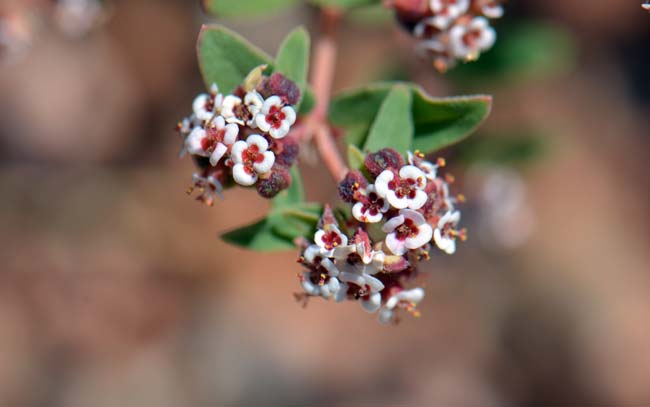
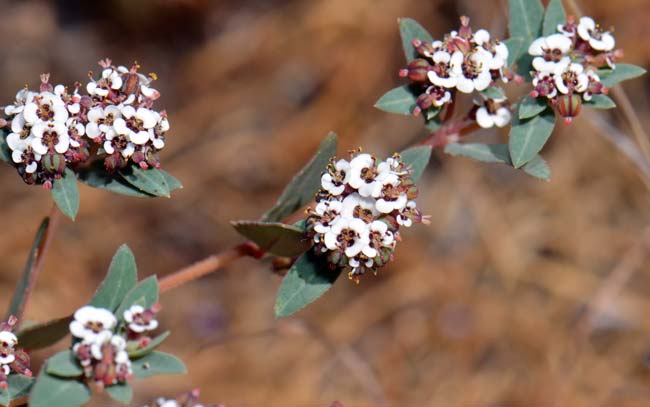
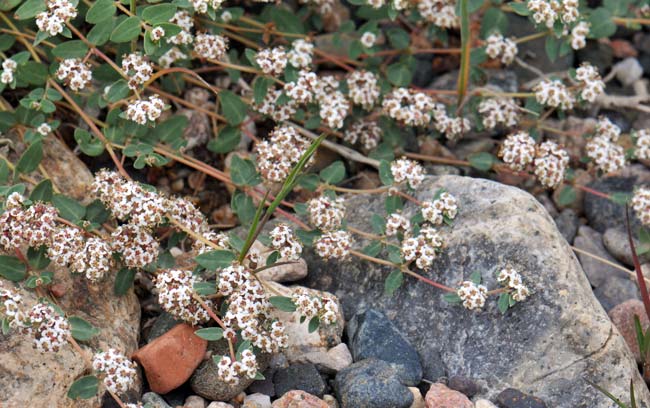
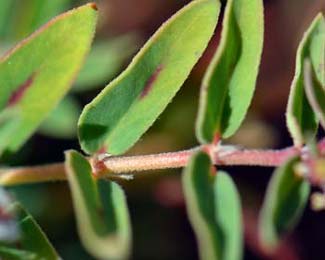
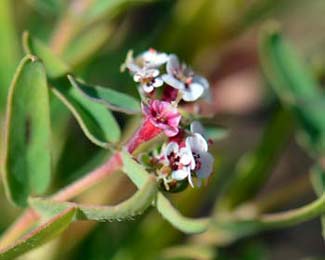
Scientific Name: Chamaesyce capitellata
Common Name: Head Sandmat
Also Called: Spurge; (Spanish: Golondrina)
Family: Euphorbiaceae, Spurge or Euphorbia Family
Synonyms: (Chamaesyce pycnanthema, Euphorbia capitellata Euphorbia capitellata var. laxiflora and Euphorbia pycnanthema)
Status: Native.
Duration: Perennial
Size: Up to 12 inches more or less.
Growth Form: Forb/herb;
Leaves: Green; narrowly lanceolate, oblanceolate, ovate, serrate, mostly glabrous.
Flower Color: White petaloid appendages; inflorescence resembles a "flower", flowers in small terminal clusters, some solitary, actual flowers small or inconspicuous, botanically a cyathium, fruit a capsule.
Flowering Season: March to October.
Elevation: 1,500 to 5,000 feet.
Habitat Preferences: Found throughout Arizona in rocky hillsides, washes; multiple habitat types.
Recorded Range: A rare species in the United States, Head Sandmat occurs in Arizona, New Mexico and Texas. It is also native to Baja California and northern Mexico. In the United States it is found primarily in Arizona where it occurs almost throughout the state but appears to be more prominent in the central, southern and northwest parts.
North America & US County Distribution Map for Chamaesyce capitellata.
U.S. Weed Information: No information available.
Invasive/Noxious Weed Information: No information available.
Wetland Indicator: No information available.
Threatened/Endangered Information: No information available.
Genus Information: Over 90 species in Chamaesyce in the United States, Canada and Mexico. World-wide over 440 species. Approximately 39 species in Arizona, statewide. Note: Taxonomists appear to be moving toward reclassification of Chamaesyce to Euphorbia, its former classification.
In Southwest Desert Flora also see: Chiricahua Mountain Sandmat, Chamaesyce florida, Whitemargin Sandmat, Chamaesyce albomarginata; Arizona Sandmat, Chamaesyce arizonica; Royal Sandmat, Chamaesyce dioica; Hyssopleaf Sandmat, Chamaesyce hyssopifolia; Red-gland Sandmat, Chamaesyce melanadenia; Carrizo Mountain Sandmat, Chamaesyce pediculifera; Threadstem Sandmat, Chamaesyce revoluta and Yuma Sandmat, Chamaesyce setiloba.
Comments: Head Sandmat occurs primarily in Arizona but is also found in New Mexico and Texas. Distinguishing this particular species is the primarily upright or erect growth form and "flowers" primarily in terminal clusters.

